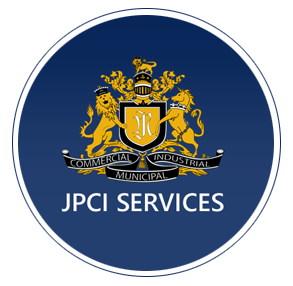productlines
Sewer Shield 150


Trowelable Wastewater and Containment Acid Protection Lining Systems
Description:
Sewer Shield® 150 Trowelable is the next generation of 100% solids, solvent free, low odor, environmentally friendly, epoxy liner system. It is impervious to a wide variety of acids, caustic solutions, oils, grease and many other chemicals. Sewer Shield® 150 Trowel is particularly resistant to Sulfuric Acid up to concentrations of 50%. No special precautions are necessary to help contain any odor or solvent smell often found in many other liner systems.
Uses & Applications:
Designed with 50% Acid Resistance to Compete with Low Acid Resistant Products
Sewer Shield® Liner 150 Trowelable is used as a lining system for protection against chemical attack to manholes, lift stations, headwork, sewer pipes, grit chambers, clarifiers, wastewater and containment areas, walls, sumps, trenches and pits. Due to the low odor and environmentally friendly nature it is ideal for use as a protection system in the wastewater and chemical industries.
Recommended for:
Manholes, Wet Wells, Grit Chambers, Headwork Channels, Clarifiers, Acid Containment, Thickeners, Sewer Piping, Floors, all areas exposed to Hydrogen Sulfide with lower acid resistent requirements than needed for Sewer Shield® 100
Colors:
Sewer Shield® 150 Trowelable is supplied in the following colors: Beige. Special colors are available upon request.
| Material Properties at 75 F. | |
| MIX RATIO, by volume | 2:1 |
| POT LIFE, 150 grams | 35 – 45 minutes |
| ASTM D4541, 7 Day Bond to damp Concrete | Concrete Failure |
| ASTM D695, 7 Day Compressive Strength, psi | 8,500 |
| VOC | 0 GRAMS / LITER |
Surface Preparation:
Concrete must be structurally sound, dry or damp, free of grease, oils, coatings, dust, curing compounds and other contaminants. Surface laitance must be removed. The preferred method of surface preparation is abrasive blasting or shotblasting. For oil contaminated surfaces use of steam cleaning in conjunction with strong emulsifying detergent may be considered. Rinse thoroughly with potable water. After cleaning, remove defective concrete, honeycombs, cavities, joint crack voids and other defects by routing to sound material. Smooth, precast and formed concrete surfaces must be cleaned, roughened and made absorptive by abrasive blasting or shotblasting. If it is not possible to abrasive blast or shotblast, consider acid etching with a 15% Hydrochloric acid solution. After etching pressure wash or flush the surface with copious amounts of water to neutralize the surface. Care must be taken to ensure that all salts and residue from the reaction have been removed. The pH of the surface should be checked as per ASTM D4262 following acid etching. Following surface preparation, the cleaned surface should pull concrete when tested with an Elcometer or similar pull tester (ASTM D4541). Before application of the lining system, use the “Visqueen test” (ASTM D4263) to evaluate moisture level in concrete.
New Concrete:
Should be allowed to cure for a minimum of 28 days. (Consult manufacturer if earlier times are required). Remove any surface hardener or curing compounds, by using the recommended mechanical methods for surface preparation. Prepare surfaces as recommended above.
Procedures For New Concrete:
- Brush blast concrete to expose ‘Bug Holes’.
- Trowel Sewer Shield® 150 to a thickness of 1/8″. Using water, roll to a smooth finish.
- After eight hours, Spark Test with a Tinker Rasor set at 12,500 volts. If pinholes are detected, grind the defective area, fill the ‘Bug Holes’ and retest.
Note: Corro-Cure can be used to coat “green concrete” to accept the Sewer Shield® within 24 hours of pour. Sewer Shield® can be applied when concrete attains 2,500 PSI.
Old Concrete:
For quick, small patching use suitable epoxy mortar; for larger areas, use cementatious patching materials, which are compatible with the system. After patching, a light brush blast is recommended prior to coating.



